Indoor Photography Tips! If you’re anything like me, you love spending time in your studio taking pictures of your friends and family. But there’s a problem: the air quality is terrible! Not only is it unhealthy for you to be in an environment with so much pollution, but your photos suffer too. There’s something special about capturing memories of loved ones indoors, where the natural light is always shining. Whether you’re a family photographer or just want to take some beautiful pics of your home, indoor photography can be a fun and easy way to get great shots. In this article, we will talk about indoor photography tips.
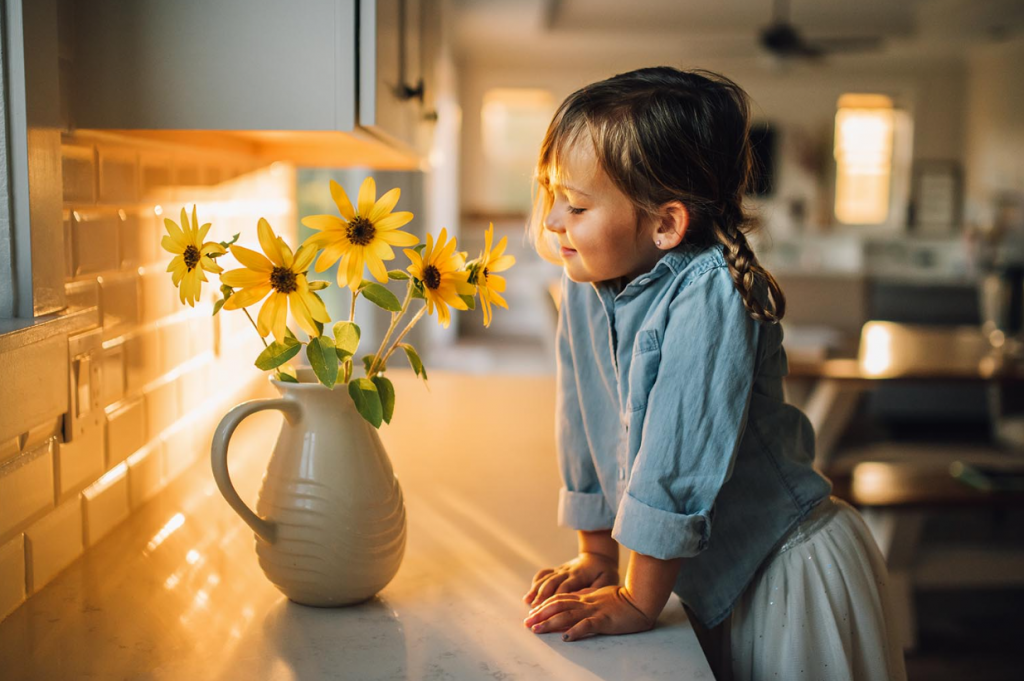
Indoor Photography Tips
Here are some tips on how to take indoor photos that look great even with all the dirt and pollution hiding in the background.
1. Camera Settings: Focal Length, Aperture, and Shutter Speed
When it comes to indoor photography, there are a few key camera settings you’ll want to play around with to get the best results. One of the most important is your focal length – if you can, try to use a lens that has a focal length of 50mm or greater. This will help reduce distortion and give your photos a more natural look.

Aperture is another important setting to consider when taking indoor photos. Try to set your aperture between f/2 and f/5.6 for the best results. And finally, shutter speed is also something to keep in mind – you’ll want to make sure it’s set high enough that you don’t end up with any motion blur in your photos.
2. Lighting: Using Natural Light and Artificial Light Sources
When photographing indoors, there are a few things to keep in mind in order to get the best results. Firstly, it’s important to make use of natural light whenever possible. If there’s a large window in the room, try to position yourself so that the light is shining on your subject from the side. This will create softer shadows and help avoid harsh highlights.
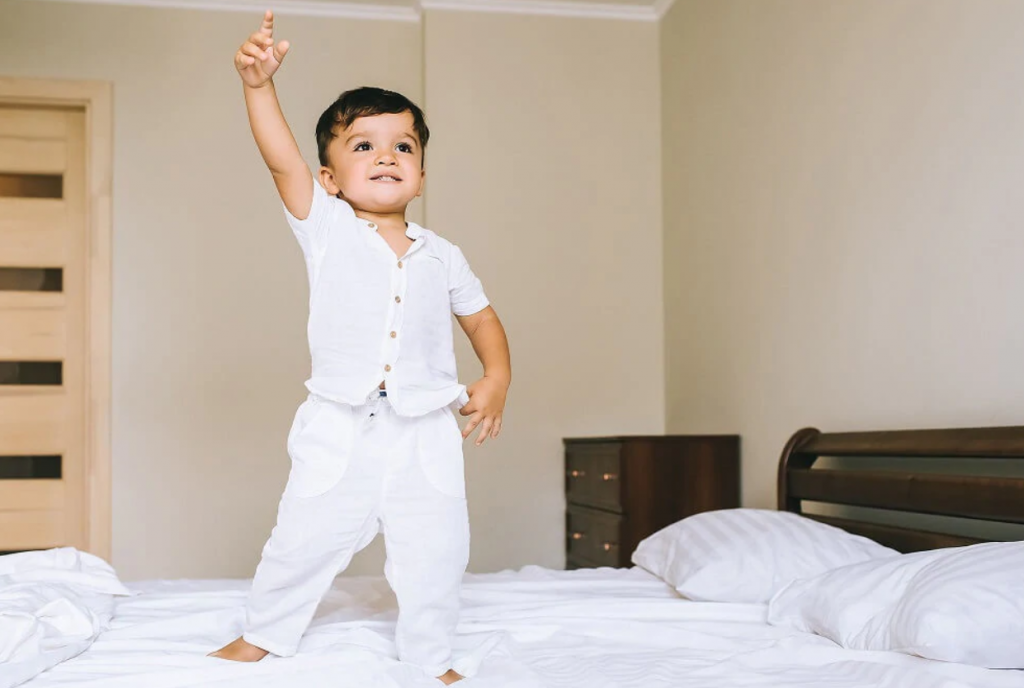
If there’s not enough natural light available, you can supplement with artificial light sources. A simple lamp can work well, but for more directional light, you might want to consider using a flash or studio strobe. When using artificial light sources, be sure to adjust the power and angle as needed to achieve the desired effect.
Finally, always be mindful of your surroundings and take care not to disturb any of your subjects’ personal belongings.
3. Composition: Tips for Creating Interesting and Appealing Photos Indoors
When photographing indoors, it’s important to think about your composition. This means creating an interesting and appealing scene that uses the space in a creative way. There are a few things to keep in mind when composing indoors:
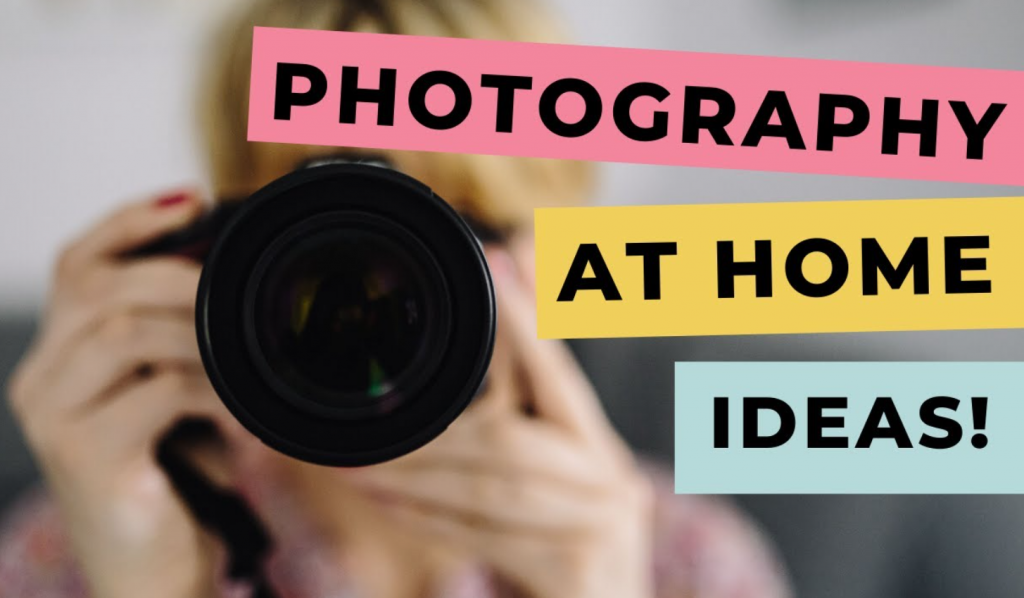
First, consider the different elements in the scene and how they work together. Try to use negative space (empty areas of the photo) to create balance and interest.
secondly, use framing devices such as doorways and windows to add structure to your photo.
lastly, pay attention to the light. Indoor photos can often be quite dark, so try using flash or manipulating natural light sources to create better lighting conditions.
4. Editing: How to Make the Most of Your Photos in Post-processing
Editing your photos is the key to making the most of them. With a few simple steps, you can make your photos look great and really capture the feel of the space.
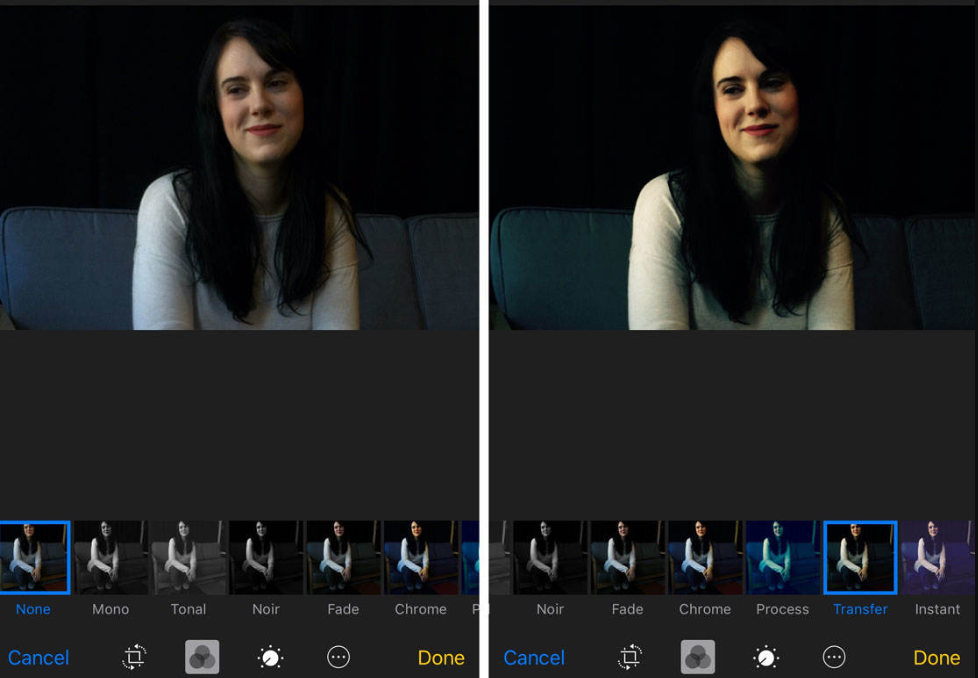
First, adjust the brightness and contrast. This will help to brighten up any dark areas and bring out the details in the photo.
Next, adjust the color saturation. This will give your photos a more vibrant look, which can be great for indoor shots.
Finally, crop and/or rotate your photo as needed to get rid of any distractions or awkward angles. This will help to make your photo look its best.
5. Gear: What Equipment Is Best Suited for Indoor Shooting?
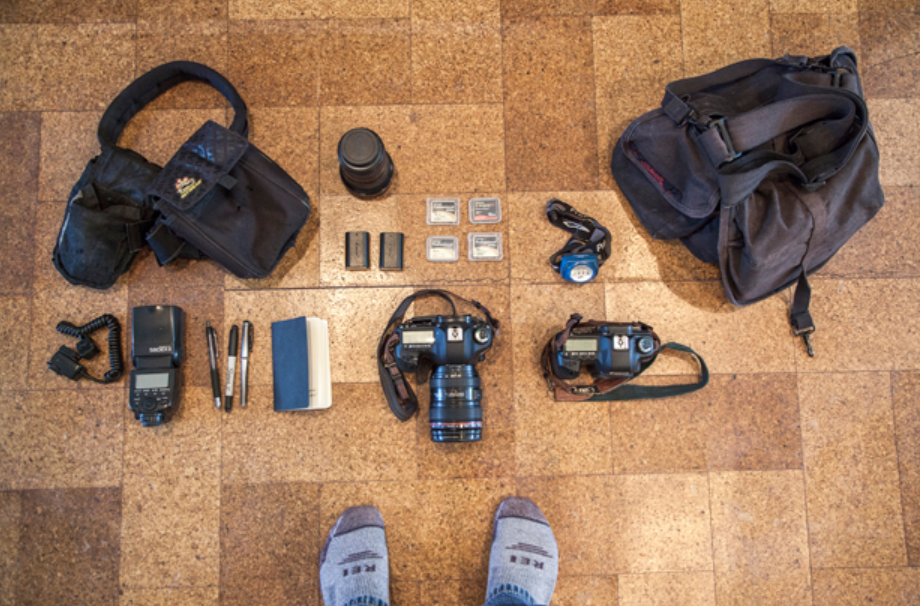
There are a few key pieces of equipment that are best suited for indoor photography. A tripod is essential to help keep your camera stable in low light conditions, and a lens with a wide aperture is also helpful to let in more light. Additionally, if you’re shooting indoors and don’t have much space to move around, a zoom lens can be helpful to get closer to your subject without having to move around too much.
Conclusion
In conclusion, photography is an art form that can be enjoyed by people of all ages. With a little bit of practice, you can take great photographs indoors or outdoors. Be sure to use the proper lighting and composition techniques to create beautiful images. Have fun and happy shooting!
Note: Interested to know about Digital Photography Tips? Read here.



